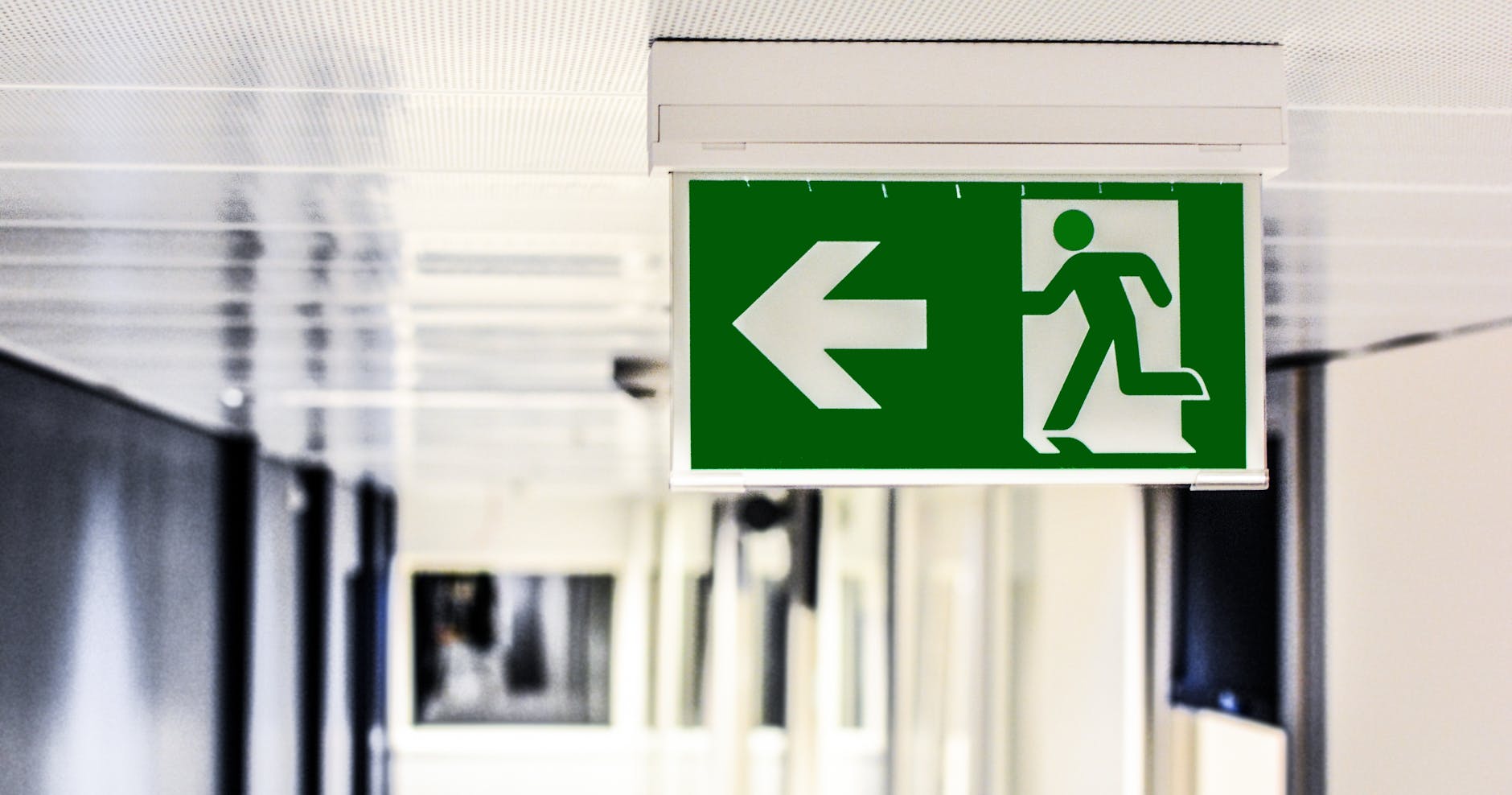
7 Golden Rules of Safety
Safety is paramount in any environment, whether it’s at work, at home, or on the road. In order to protect ourselves and those around us, it’s essential to follow certain guidelines known as the 7 golden rules of safety.
Rule 1: Wear Personal Protective Equipment (PPE)
Personal Protective Equipment (PPE) encompasses a wide range of gear designed to protect individuals from various hazards. This includes items such as helmets, safety goggles, gloves, earplugs, and high-visibility clothing. The specific type of PPE required depends on the nature of the task and the potential risks involved.
For example, construction workers may need to wear hard hats to protect against head injuries from falling objects, while laboratory technicians may need to wear gloves and goggles to protect against chemical splashes. It’s essential to ensure that PPE is properly fitted, maintained, and worn correctly to provide maximum protection.
Rule 2: Follow Proper Procedures
Proper procedures are established to ensure tasks are carried out safely and efficiently. These procedures may include step-by-step instructions, safety checklists, and protocols for handling emergencies. It’s crucial for all employees to be familiar with and adhere to these procedures to minimize the risk of accidents and injuries.
In industries such as manufacturing, healthcare, and transportation, following proper procedures can mean the difference between life and death. For example, healthcare workers must follow strict protocols for infection control to prevent the spread of diseases, while airline pilots must follow precise procedures for takeoff, landing, and emergency situations.
Rule 3: Stay Alert and Avoid Distractions
Staying alert and focused is essential for maintaining safety in any environment. Distractions can come in many forms, including noise, technology, fatigue, and personal issues. In high-risk environments such as construction sites, manufacturing plants, and transportation hubs, even a momentary lapse in concentration can lead to serious accidents.
Employers can help employees stay alert by providing adequate breaks, rotating tasks to prevent monotony, and implementing policies to minimize distractions. Workers can also take steps to maintain focus, such as getting enough rest, staying hydrated, and avoiding alcohol and drugs.
Rule 4: Communicate Effectively
Effective communication is critical for preventing misunderstandings, coordinating tasks, and responding to emergencies. In the workplace, communication can take many forms, including verbal, written, and nonverbal cues. It’s essential for employees to communicate clearly and concisely to ensure that important information is conveyed accurately and efficiently.
For example, in a manufacturing facility, workers may need to communicate with each other about equipment malfunctions, production schedules, and safety hazards. Effective communication can help prevent accidents and ensure that everyone is on the same page.
Rule 5: Identify Hazards
Identifying hazards is the first step in preventing accidents and injuries. Hazards can take many forms, including physical, chemical, biological, and ergonomic hazards. Employers have a responsibility to assess workplace hazards and take steps to mitigate risks to ensure the safety of their employees.
Training plays a crucial role in hazard identification, as employees need to be able to recognize potential dangers and take appropriate action to avoid them. This may involve conducting regular inspections, implementing engineering controls, and providing personal protective equipment.
Rule 6: Take Regular Breaks
Taking regular breaks is essential for maintaining mental and physical health. Fatigue can impair judgment, slow reaction times, and increase the risk of accidents and injuries. By taking breaks, workers can recharge their batteries, reduce stress, and improve overall productivity.
Employers can encourage breaks by providing designated break areas, scheduling regular rest periods, and promoting a culture of work-life balance. Workers can also take steps to prioritize self-care, such as getting enough sleep, eating healthily, and engaging in physical activity.
Rule 7: Report Unsafe Conditions
Reporting unsafe conditions is essential for maintaining a safe work environment. If employees encounter hazards or observe unsafe behaviors, it’s crucial for them to speak up and report their concerns to management. By reporting unsafe conditions, employees can help prevent accidents and ensure that hazards are addressed promptly.
Employers should have a system in place for reporting unsafe conditions, such as a safety hotline, online reporting portal, or direct communication with supervisors. It’s essential for employers to take reports seriously and take appropriate action to address safety concerns.
By following these seven golden rules of safety, individuals can protect themselves and others from harm and create a safer, healthier work environment for everyone.
Conclusion
Safety should always be a top priority, both at work and in our daily lives. By following the 7 golden rules of safety and prioritizing safety awareness, we can reduce the risk of accidents and injuries and ensure that everyone stays safe and healthy.
5 Safety Rules for Electricity
Electrical Safety Rules in Industry
Hazardous Materials Handling and Storage
FAQs
- What is the significance of safety rules? Safety rules are designed to protect individuals from harm and prevent accidents in the workplace or any other environment.
- How can I ensure compliance with safety regulations? Ensure compliance by providing thorough training, enforcing rules consistently, and fostering a culture of safety awareness.
- Are there any consequences for not following safety rules? Yes, there can be serious consequences, including injuries, fines, legal action, and damage to reputation.
- What role does management play in enforcing safety measures? Management plays a crucial role in setting and enforcing safety policies, providing resources and training, and leading by example.
- How often should safety protocols be reviewed and updated? Safety protocols should be reviewed regularly and updated as needed to reflect changes in technology, regulations, and best practices.
























